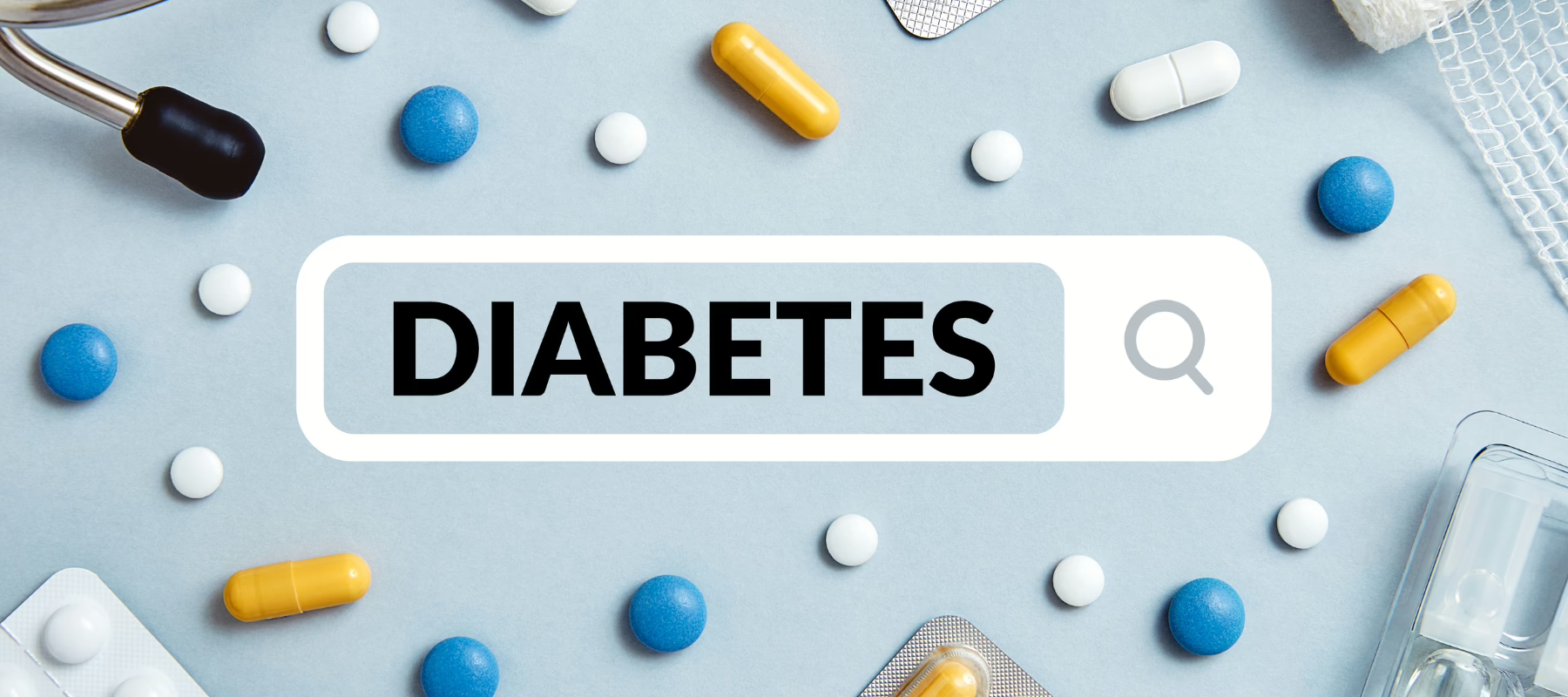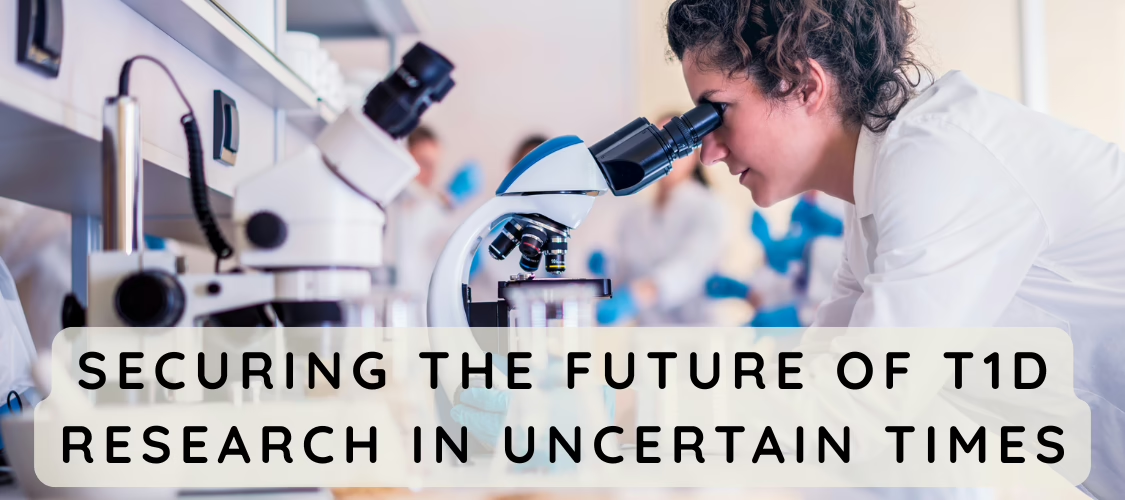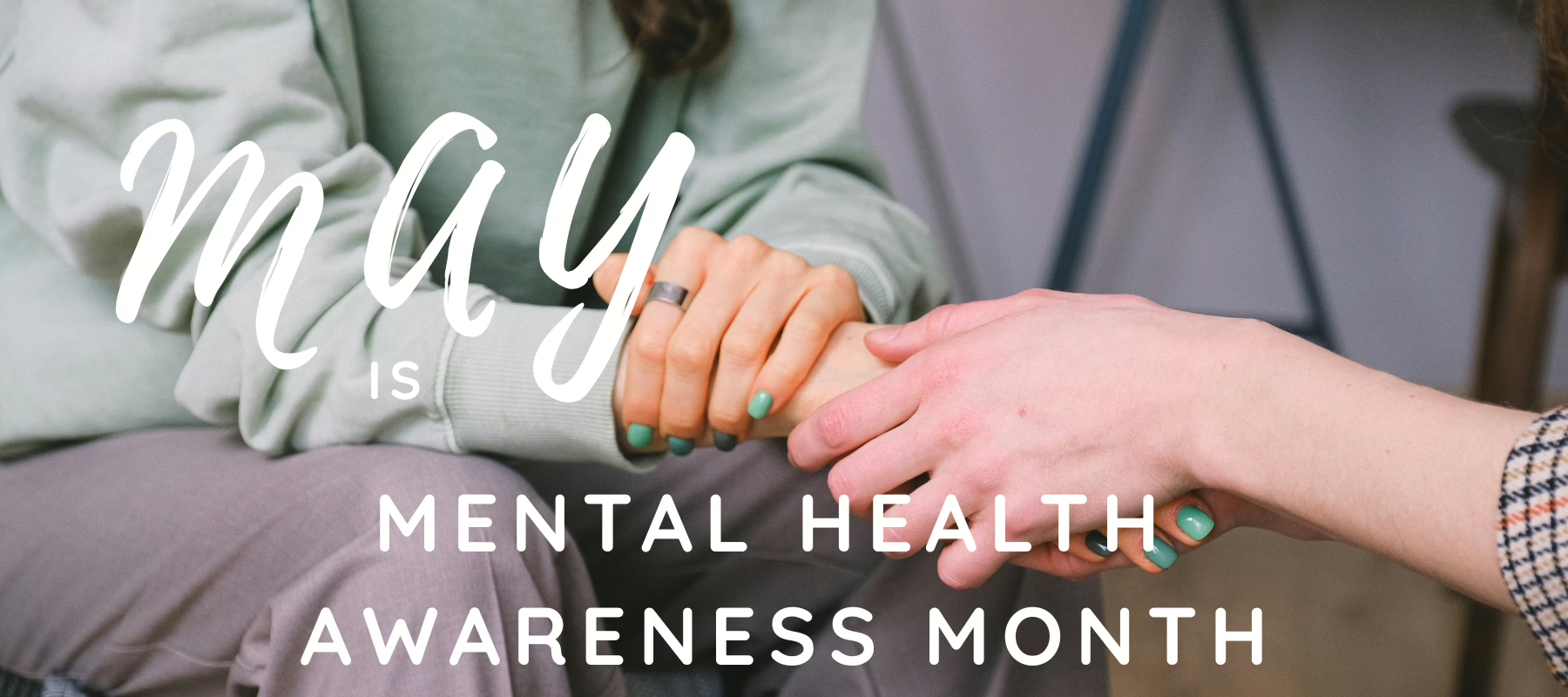The holiday season is a time for celebration, joy, and togetherness. For many, festive gatherings often include toasting with a glass of wine, sipping a signature cocktail, or enjoying a holiday-themed mocktail. For individuals with Type 1 Diabetes (T1D), navigating holiday drinks can feel challenging. T1D is characterized by the immune system attacking insulin-producing beta cells in the pancreas, resulting in little or no insulin production. It typically manifests in children and adolescents, requiring lifelong insulin therapy to manage blood glucose levels. Alcohol and sugary beverages can impact blood sugar levels in unique ways, but with preparation and mindfulness, you can enjoy the festivities safely.
This guide offers practical tips and insights to help individuals with T1D make informed decisions about holiday drinks while prioritizing their health.
Understanding the Effects of Alcohol on Blood Sugar
Alcohol can affect blood sugar levels in both immediate and delayed ways, depending on the type of drink, the amount consumed, and whether it’s paired with food.
- Immediate Impact: Alcohol, especially drinks with a high sugar content like cocktails or sweet wines, can initially raise blood sugar levels. Sugary mixers such as soda, juice, or syrups exacerbate this effect.
- Delayed Hypoglycemia: Hours after consuming alcohol, blood sugar levels can drop, sometimes dangerously low. This happens because the liver prioritizes metabolizing alcohol over releasing glucose into the bloodstream. For individuals with T1D, this delayed hypoglycemia is a significant risk, particularly overnight or after physical activity.
Understanding how alcohol affects blood sugar is the first step in enjoying drinks responsibly.
Alcoholic vs. Non-Alcoholic Beverages
Alcoholic Beverages
Alcoholic drinks vary widely in their carbohydrate content and effect on blood sugar. Here’s how some popular holiday options stack up:
- Wine: Dry wines, such as red or white, tend to have a lower carb content compared to sweeter varieties. A 5-ounce glass of dry wine contains about 3-4 grams of carbs.
- Beer: Regular beer contains about 10-15 grams of carbs per 12 ounces, while light beer has around 5-7 grams.
- Spirits: Pure spirits like vodka, gin, whiskey, and rum contain no carbs on their own. However, when mixed with sugary mixers like tonic water or soda, the carb count increases significantly.
- Cocktails: Mixed drinks often have high sugar content due to syrups, juices, and liqueurs. Opt for low-sugar or sugar-free mixers when possible.
Non-Alcoholic Beverages
Even non-alcoholic options can pose challenges due to hidden sugars and their impact on blood sugars:
- Mocktails: Many mocktails are loaded with fruit juices, syrups, or soda, making them high in carbs.
- Eggnog: A traditional holiday favorite, eggnog is quite high in sugar. If desired, try a reduced-sugar version to make it more T1D-friendly.
- T1D-Friendly Alternatives: Infused sparkling water, unsweetened iced tea, or light versions of holiday drinks can be festive and safe choices.
Healthy Holiday Eating and Drinking
The holiday season often brings an abundance of high-carb and sugary treats. With a bit of planning and mindfulness, you can enjoy the festivities while keeping your blood sugar levels in check.
Here are some tips for healthy holiday eating and drinking:
- Plan Ahead: Eat before consuming alcohol to reduce the risk of low blood sugar. A meal containing protein, fat, and complex carbs can help stabilize blood sugar levels. Review carb counts of drinks and plan your insulin doses accordingly.
- Monitor Blood Sugar Levels: Check your blood sugar before, during, and after drinking. Alcohol can mask the symptoms of hypoglycemia, making regular monitoring critical. Use a continuous glucose monitor (CGM) if available, as it provides real-time insights into your blood sugar levels.
- Mindful Consumption: Alternate alcoholic drinks with water to stay hydrated.
- Choose Drinks Wisely: Stay aware of the carb content of your chosen beverages, so you can prepare for any potential blood sugar spikes.
- Carry Fast-Acting Carbs: Always have glucose tablets, juice boxes, or another form of fast-acting sugar on hand in case of hypoglycemia.
Social Strategies for T1D Management
The holiday season is about connection and celebration, and managing T1D should never overshadow the joy of these moments. Here are some ways to stay safe while enjoying the company of loved ones:
- Communicate with Friends and Family: Let your close friends or family members know about your T1D and how they can support you. Having someone aware of your needs can make a big difference in case of an emergency.
- Designate a Buddy: Choose someone to check in with you throughout the event, especially if you’re drinking alcohol. They can help you monitor your blood sugar or assist if you experience symptoms of hypoglycemia.
- Practice Moderation: It’s okay to say no to another drink or choose a non-alcoholic option. Your health and comfort come first.
Maintaining normal blood sugar levels is crucial to avoid diabetes complications, which can affect various organs and lead to significant disabilities.
Strengthen your support system this holiday season by sharing your T1D needs with friends and family. Discover more tips and resources to navigate celebrations confidently at Diabetes Research Connection.
Emergency Preparedness
Being prepared for emergencies is essential for individuals with T1D, as they are at risk for serious complications like diabetic ketoacidosis and hypoglycemia. Here are some tips for emergency preparedness:
- Keep an Emergency Kit on Hand: Have a kit with essentials like insulin, a blood glucose meter, and a first aid kit ready in case of an emergency.
- Have a Plan in Place: Work with your healthcare provider to develop an emergency plan, including steps for treating low or high blood sugar.
- Keep Important Phone Numbers Handy: Have important contact numbers, such as your healthcare provider’s and emergency services, easily accessible.
By following these tips and strategies, you can enjoy the holiday season while effectively managing your T1D. Cheers to a safe and joyful celebration!
Myth-Busting: Alcohol and T1D
There are several misconceptions about alcohol and T1D. Here are the facts:
- “One drink won’t make a difference.” Even one drink can affect blood sugar, so monitoring and awareness are essential.
- “People with diabetes shouldn’t drink.” This isn’t true for everyone. Many individuals with T1D can safely consume alcohol in moderation with proper planning.
- “Low-sugar drinks are always safe.” While low-sugar options are better for managing blood sugar spikes, they can still contribute to delayed hypoglycemia.
Conclusion: Raising a Toast to Health and Happiness
With thoughtful preparation and a proactive approach, people with T1D can enjoy holiday drinks safely and confidently. From mice-to-men, the key is to balance your choices with mindful blood sugar management.
This holiday season, celebrate your health, your accomplishments, and the moments shared with loved ones. By prioritizing your well-being, you can toast to the festivities without compromising your T1D care.
For more tips and resources on managing T1D, visit Diabetes Research Connection and explore how you can support groundbreaking research to improve the lives of those living with T1D. Cheers to a joyful and healthy holiday season!




